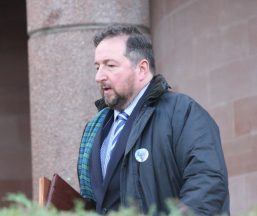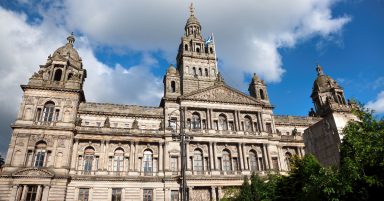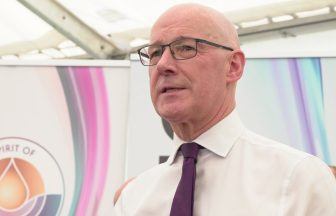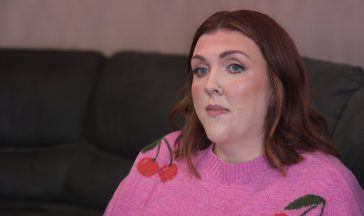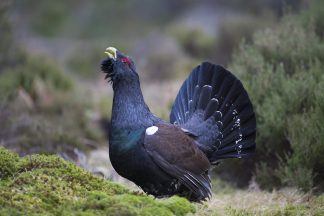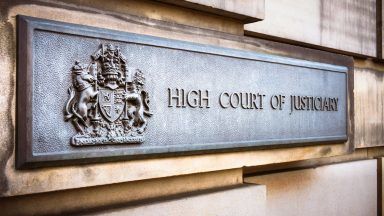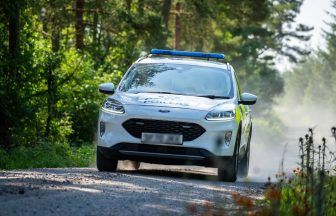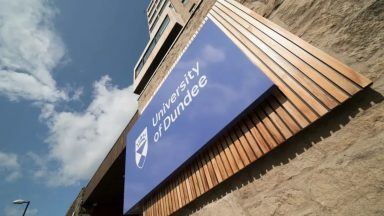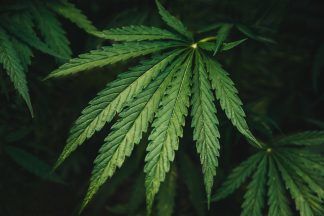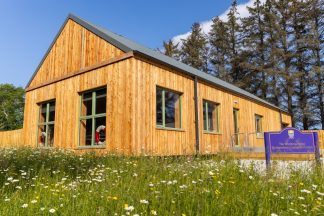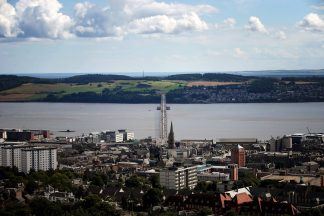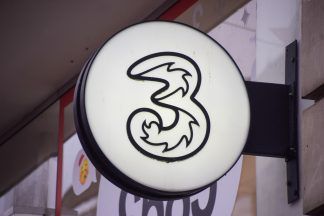Archaeologists have discovered the site of a 10th-century monastery linked to the first written record of the Scottish Gaelic language.
The monastery in Aberdeenshire is thought to be where the ancient Book of Deer was first scribed.
A number of monks in Aberdeenshire added Gaelic notes to the manuscript as late as the 12th century, which became the earliest surviving written record of the language.
The site of the “missing” monastery was found under a field next to Deer Abbey in Buchan, which dates to the 13th century.
A new BBC Alba documentary called The Missing Monastery, due to be broadcast on Monday, details how a team of archaeologists found artefacts which pre-dated the abbey and they eventually uncovered rubble thought to be from the monastery.
Gaelic-speaking archaeology graduate Mairead Morgan said: “At the beginning of the 12th century, the earliest evidence of Scottish Gaelic was written in the margins of this Latin gospel book by the monks in a monastery in Aberdeenshire, a region which is not widely regarded as a Gaelic-speaking region today.
“However, not only does this show that Gaelic was spoken in the region, but it is also the earliest evidence that exists of written Scottish Gaelic by a good 200 to 300 years, which easily makes the Book of Deer one of the most important manuscripts in Scotland.”
Lead archaeologist Ali Cameron said: “A lot of the rest of the field had been disturbed but we opened such large trenches in 2022 so that we had the best chance of finding early medieval features.
“We spent weeks excavating later material including stone and other demolition material until we got down to the earliest layers and features two weeks before the end of the dig.
“I then led a team of students and volunteers and we systematically cut sections though all the features, collected finds and samples which are important as they are where the charcoal for dating will be.
“We then waited a few months for the samples to be carefully processed in the University of Aberdeen under the supervision of Dr Gordon Noble and then we had our charcoal.”
She said it took three months to get the results from the laboratory, adding: “When I opened the email I was stunned and had to re-read them several times before I realised what they were telling me”.
Follow STV News on WhatsApp
Scan the QR code on your mobile device for all the latest news from around the country


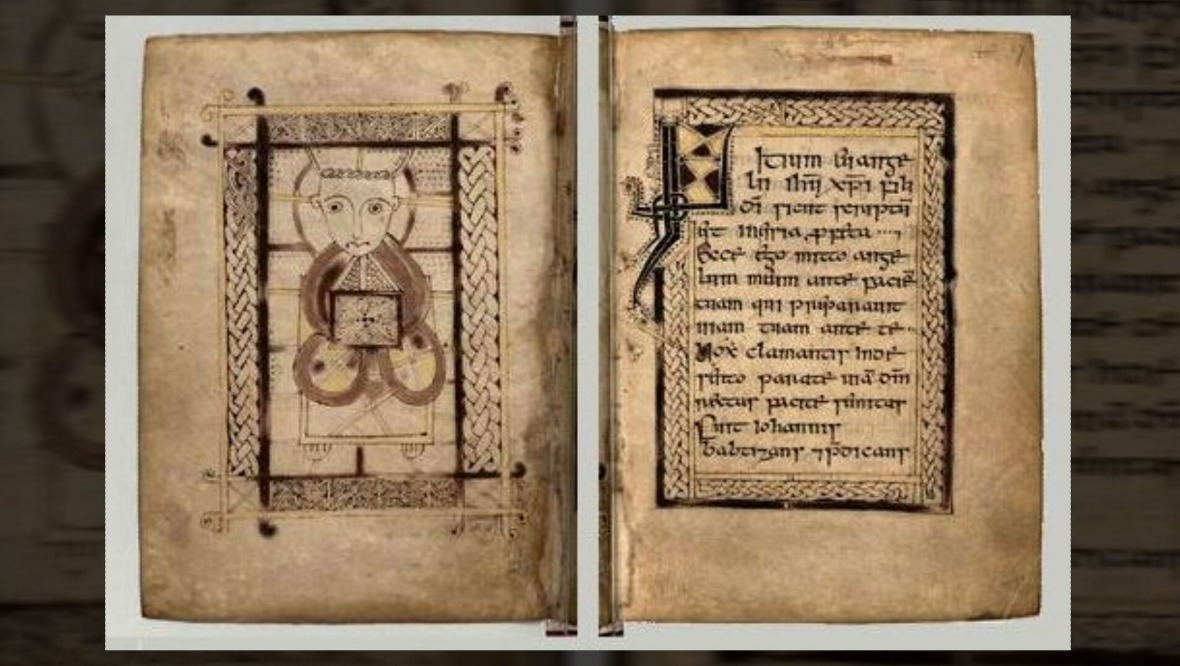 STV News
STV News